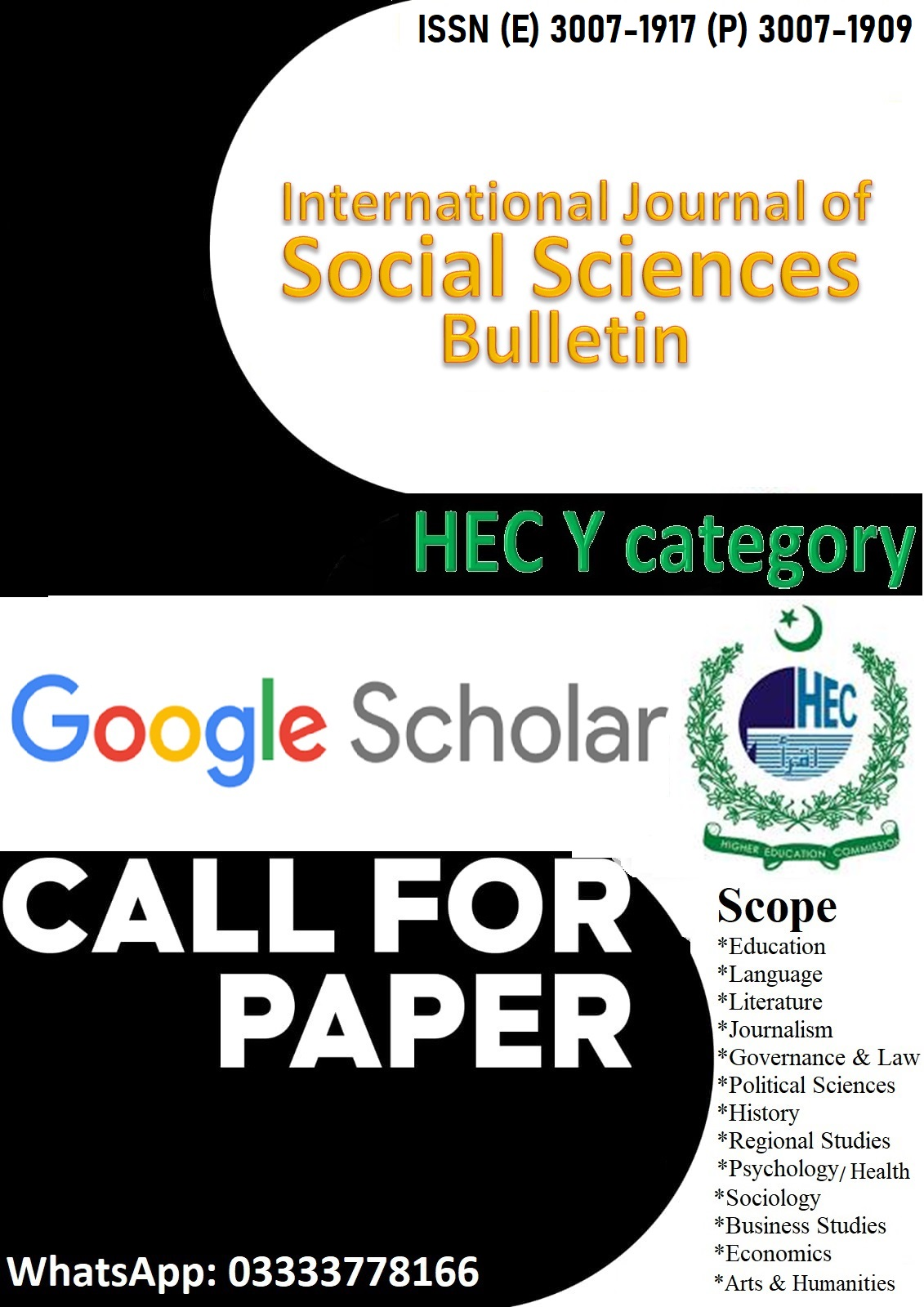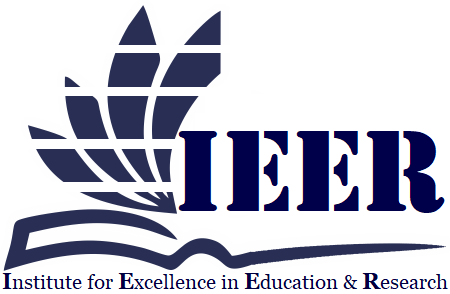UNVEILING UNNATURAL GRAMMATICAL STRUCTURES IN JAMES JOYCE'S ULYSSES USING AI: A COMPUTATIONAL LINGUISTIC APPROACH
Keywords:
Fictional Language,, Computational Linguistics,, Interdisciplinary Collaborations,, Digital Humanities,Abstract
James Joyce’s Ulysses (1920) is known as one of the most challenging novels with a complicated plot and unconventional grammar in their writings. This research harnesses state-of-the-art AI/ computational techniques to identify and classify them into systematically unnatural grammatical constructions. Using AI approach, the study categorizes deviations away from standard syntactic rules by classifying the novel’s language and the utilization of of poetic license due to its deviations from the norms of standard English language. It outlines the type and degree of the innovations employed by Joyce, thus contributing fresh knowledge regarding the employment of stylistic strategies and their perception by the reader. Written in a revolutionary explicit style, the novel challenges the traditional boundaries and the limits of fictional language. In addition to shedding light on Joyce’s literary accomplishment, this computational linguistic analysis also reveals that AI can be effective in literary analysis, thus opening the possibility of future comprehensive interdisciplinary collaborations between the disciplines of computational linguistics, digital humanities and other humanistic disciplines.
Downloads
Published
Issue
Section
License

This work is licensed under a Creative Commons Attribution-NonCommercial-NoDerivatives 4.0 International License.

















